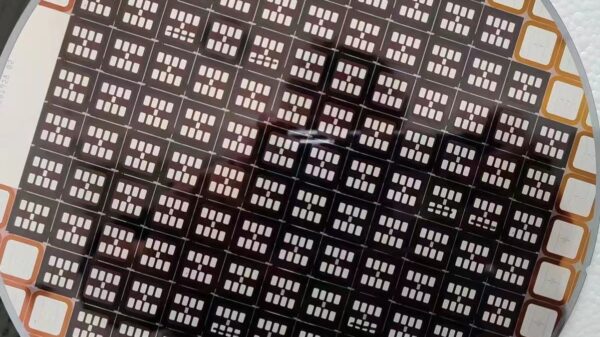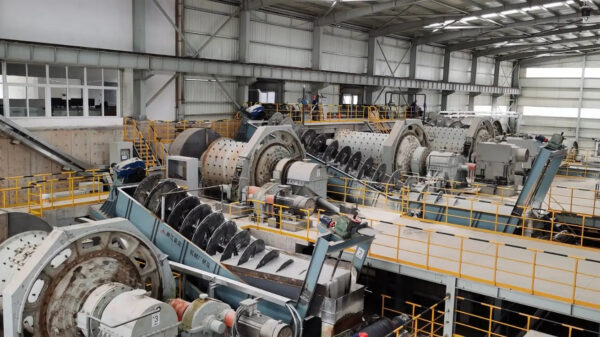In the vanguard of military innovation, hypersonic and high-energy weapons are poised to redefine the theatre of conflict, offering unparalleled capabilities in both operational and strategic realms. However, the financial burdens associated with their development, production, and deployment are far from trivial. Concurrently, efforts are underway to devise novel defensive systems, either by adapting existing technologies or introducing entirely new frameworks.
Hypersonic missiles, markedly distinct from their ballistic counterparts, eschew the traditional ballistic curve, enabling them to traverse comparatively "low altitudes" and maintain a degree of radar evasion. They possess the capacity for manoeuvre, and can achieve velocities exceeding. . .






















